Looking back at influential inventions of the 1980s
Ah, the 1980s! A decade of neon colors, big hair, and an explosion of technological advancements that changed the world as we knew it. From the rise of personal gadgets to groundbreaking scientific discoveries, the ’80s were a time of innovation and excitement. Join us as we take a nostalgic trip back to explore some of the most iconic inventions and developments that emerged during this vibrant era.
The Walkman: Revolutionizing Personal Music Experience
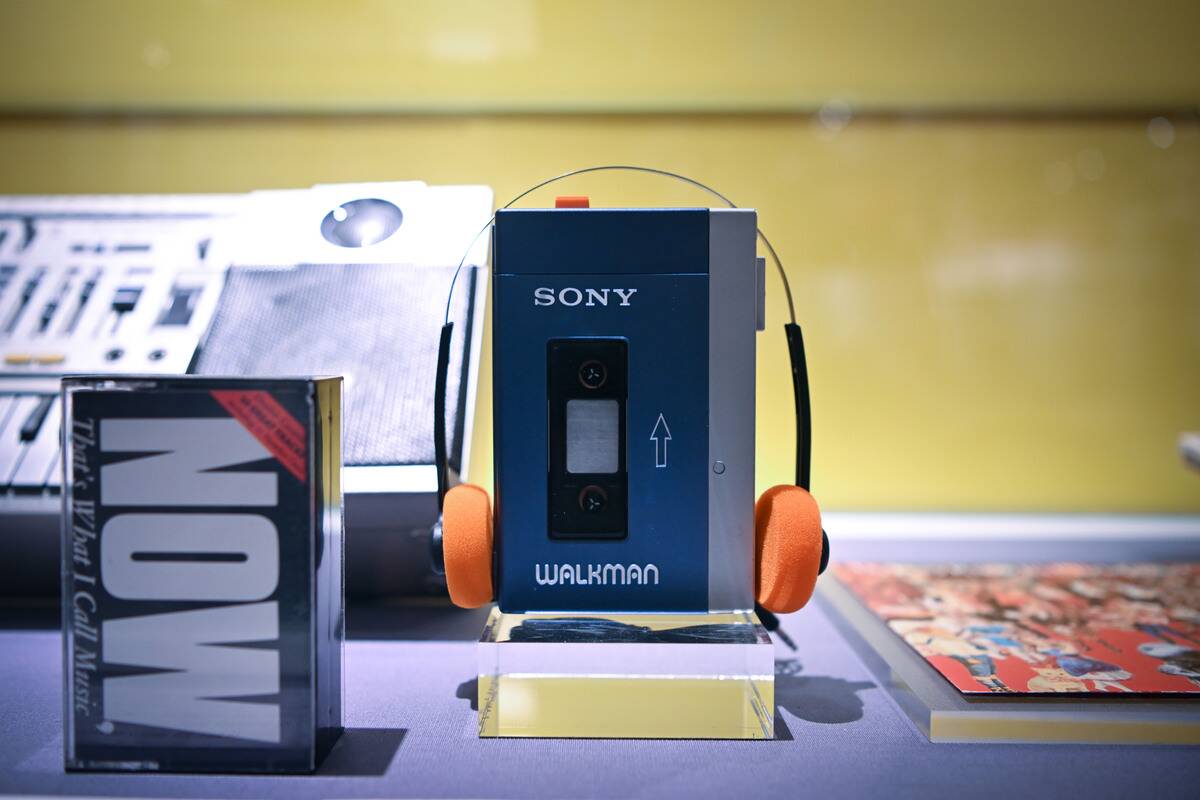
When the Sony Walkman was introduced in 1979, it revolutionized how people listened to music, but it truly became iconic in the ’80s. Suddenly, music was portable, and you could take your favorite tunes anywhere. The Walkman was so influential that it sold millions of units worldwide, proving that people loved the freedom of listening on the go.
The Compact Disc Player: Ushering in a New Era of Digital Sound
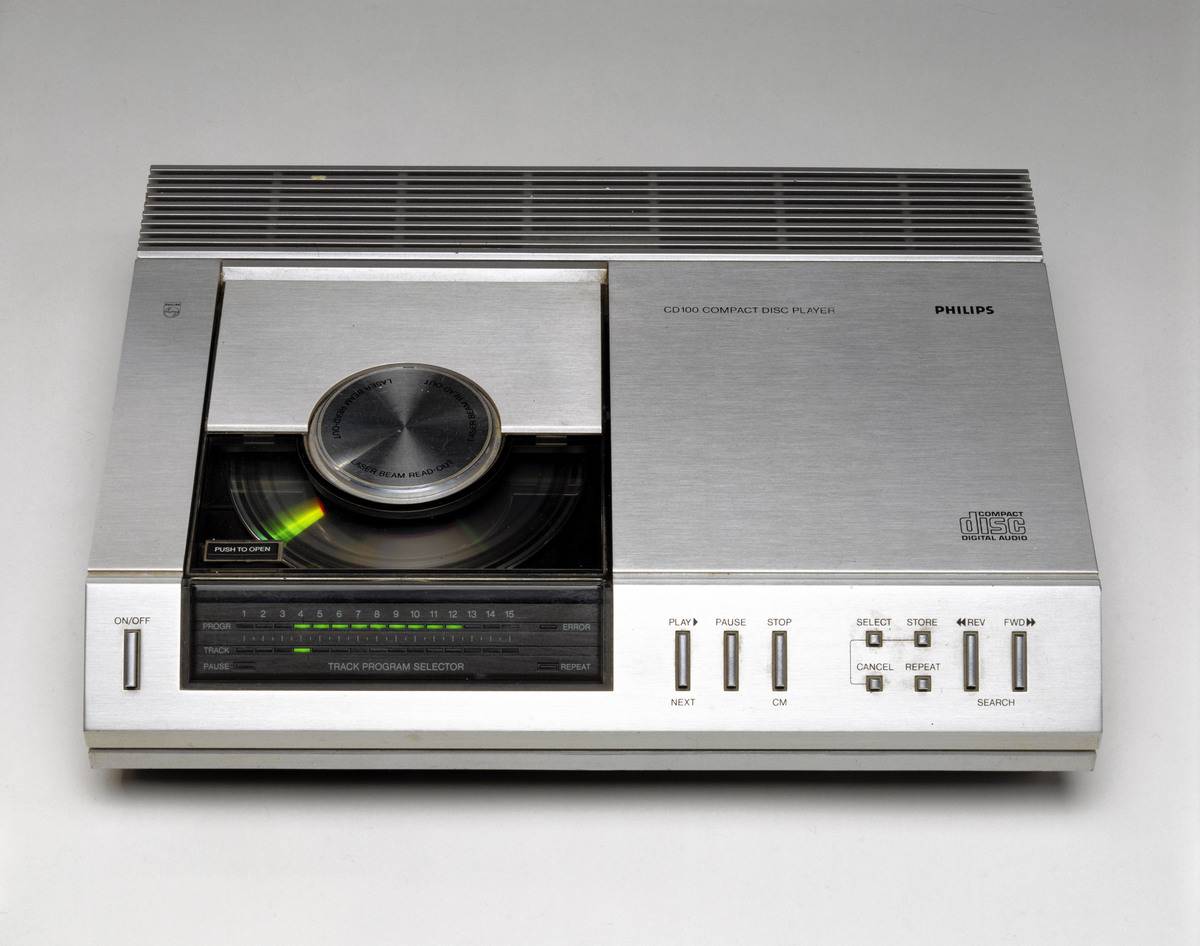
In 1982, the first commercially available CD player, the Sony CDP-101, hit the market. Compact discs offered a clearer, more durable alternative to vinyl records and cassette tapes. By the end of the decade, CD sales had surpassed those of vinyl, marking a pivotal shift in how we consumed music and paving the way for future digital formats.
The Rise of Personal Computers: From Geeky Gadgets to Household Staples
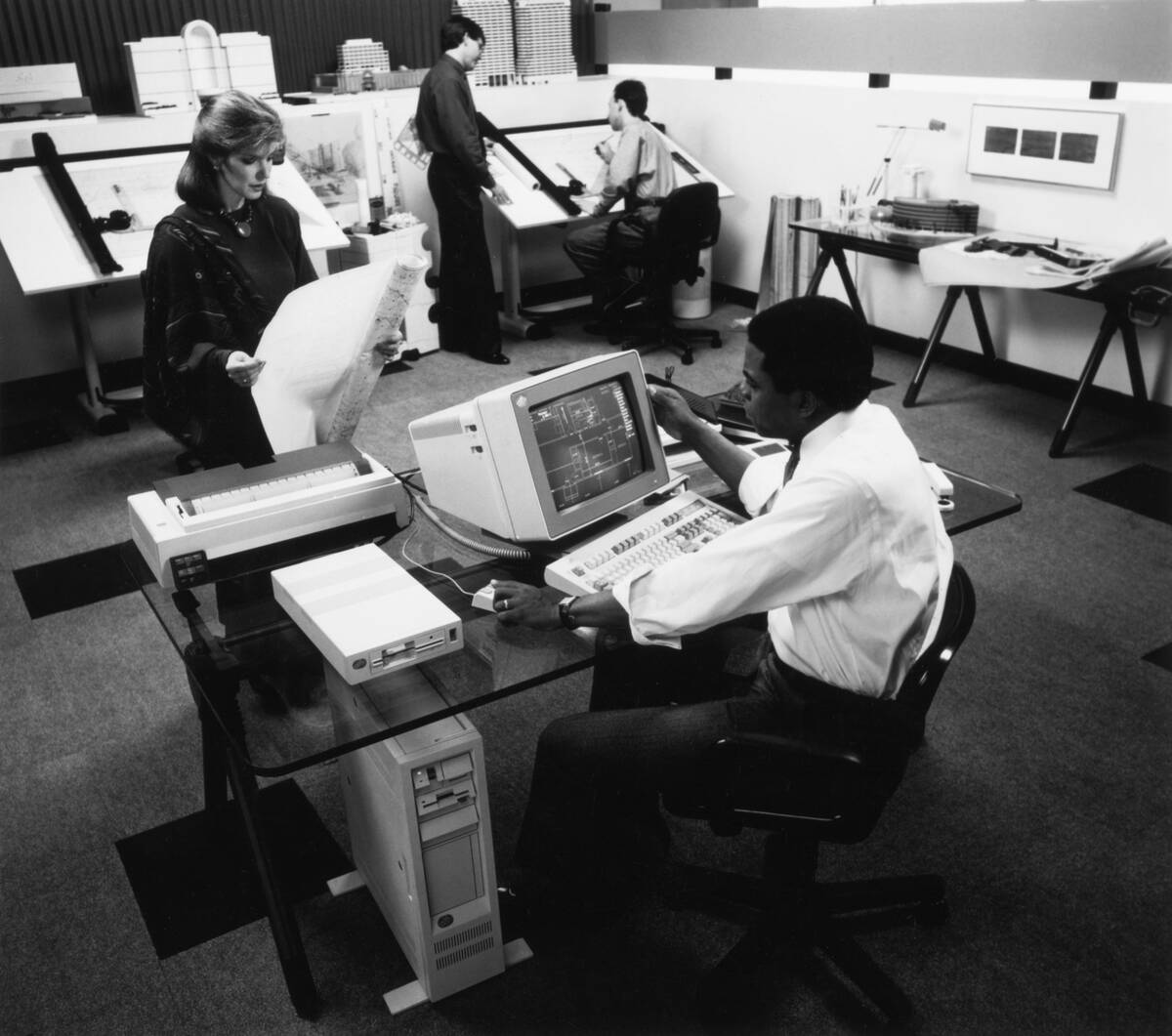
The 1980s saw personal computers transition from niche gadgets to essential household items. The IBM PC, launched in 1981, set a new standard and inspired competitors like the Apple Macintosh, which debuted in 1984. By 1989, nearly 15 million PCs were in use in the United States alone, reflecting their growing importance in daily life.
The Internet’s Humble Beginnings: Connecting the World
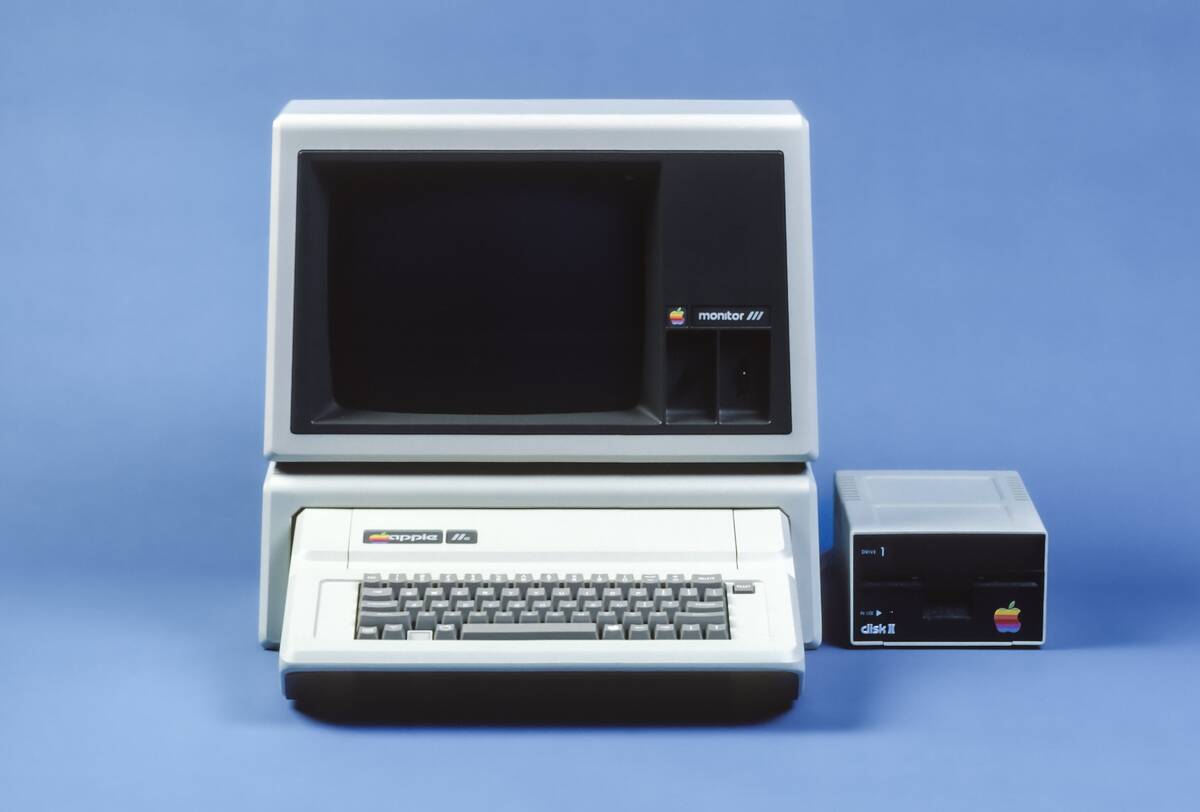
Before Wi-Fi and high-speed connections, the internet began its journey in the ’60s as ARPANET, connecting a handful of computers, and evolved through the following decades. In 1983, the transition to the TCP/IP protocol laid the groundwork for the modern internet. Although it wasn’t yet widely accessible, these early steps were crucial in shaping the global network we rely on today.
Mobile Phones: The First Step Towards Constant Connectivity

The first handheld mobile phone, the DynaTAC 8000X by Motorola, was released in 1983 and was a game-changer despite its hefty price and weight. Priced at nearly $4,000, it was a status symbol for the few who could afford it. Fast forward to today, and mobile phones are indispensable, showcasing just how far we’ve come since the ’80s.
The VCR: Transforming Home Entertainment and the Movie Industry

With the VCR’s popularity peaking in the 1980s, families could enjoy movies from the comfort of their homes for the first time. The ability to record TV shows and rent films led to a significant shift in entertainment consumption. By 1988, over 50% of American households owned a VCR, changing how we watched and interacted with media.
The First Space Shuttle: Pioneering a New Frontier in Space Exploration
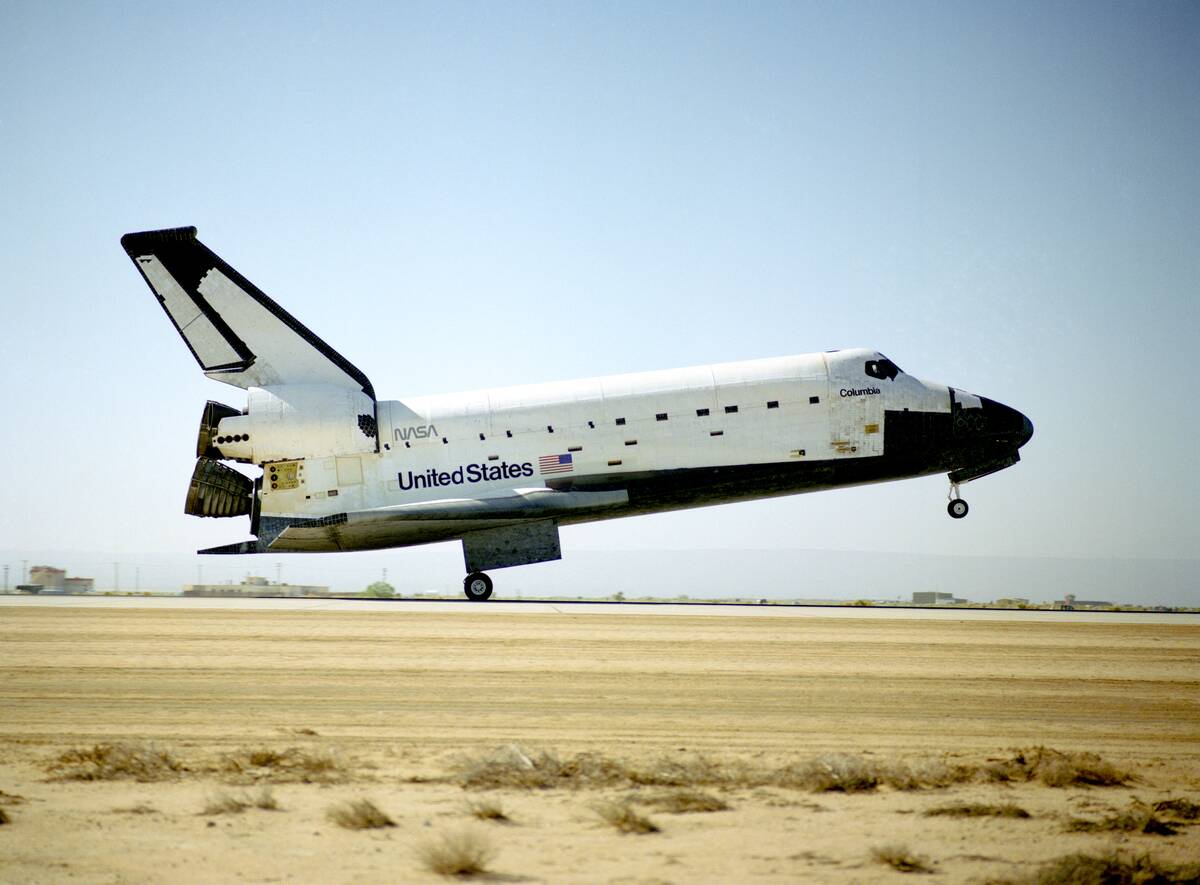
NASA’s Space Shuttle program took off with Columbia’s maiden voyage in 1981. This reusable spacecraft marked a new era in space exploration, making missions more economical and frequent. The program, lasting until 2011, enabled significant scientific achievements, including the launch of the Hubble Space Telescope, expanding our understanding of the universe.
DNA Fingerprinting: A Breakthrough in Forensic Science
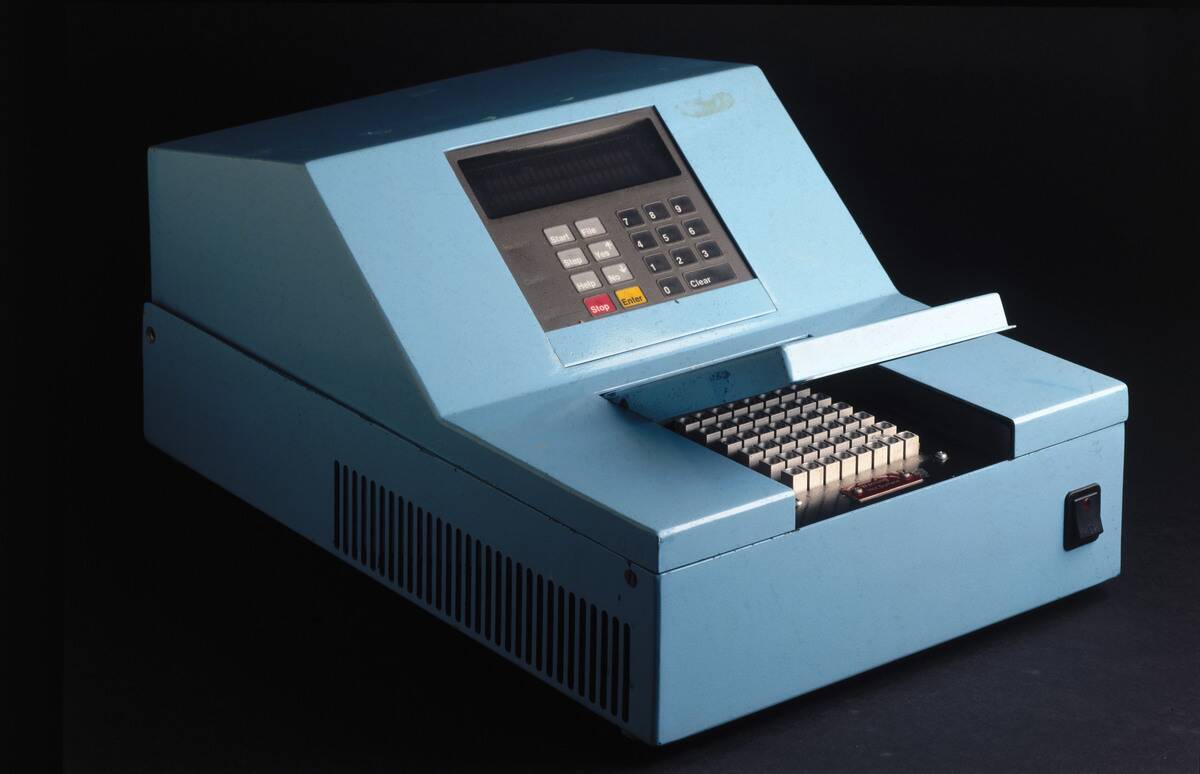
Introduced in 1984 by geneticist Alec Jeffreys, DNA fingerprinting revolutionized forensic science and criminal investigations. This technique allowed for the identification of individuals based on their unique genetic makeup. It proved its worth by the late ’80s, solving high-profile cases and exonerating the innocent, forever changing the justice system.
The Debut of Microsoft Windows: Simplifying the PC Experience

Microsoft Windows made its debut in 1985 with Windows 1.0, providing a graphical user interface to the MS-DOS operating system. While primitive by today’s standards, it simplified computing and made PCs more accessible to the average user. This paved the way for future versions that would eventually dominate the personal computing landscape.
The Gaming Revolution: Nintendo and the Birth of Iconic Franchises
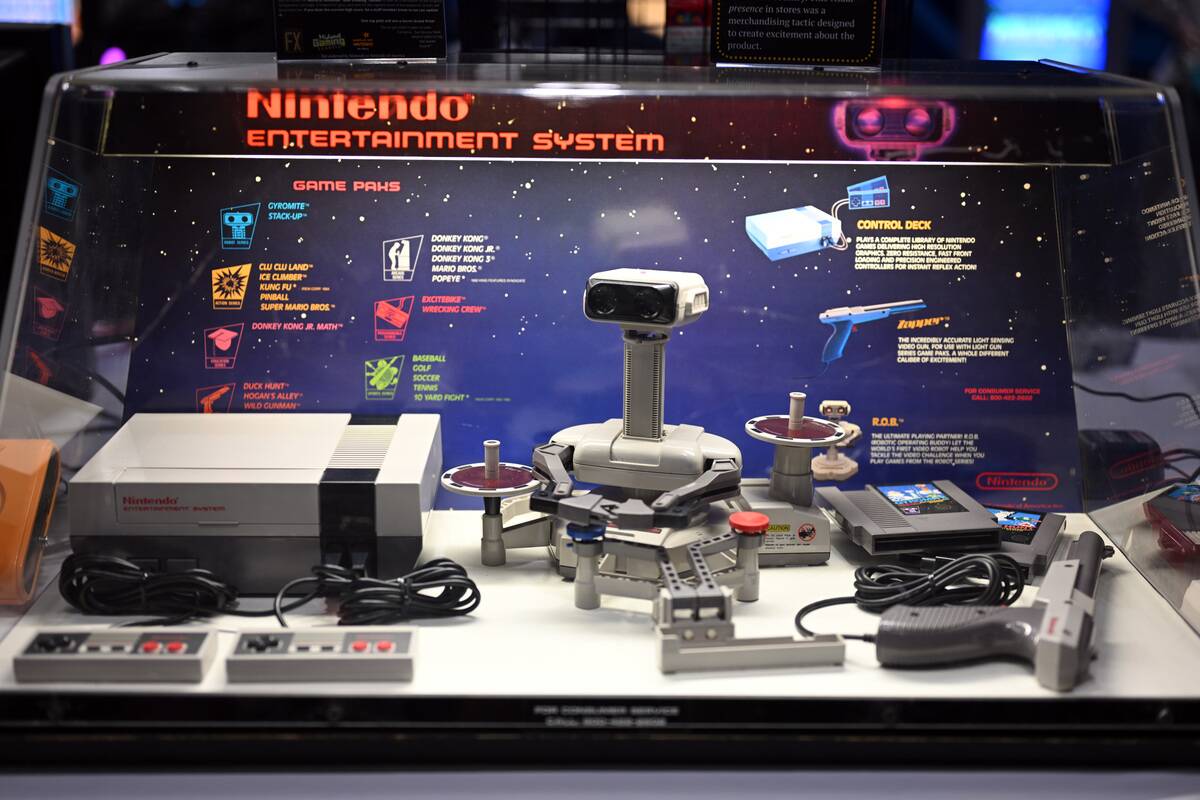
The gaming industry experienced a renaissance with the launch of the Nintendo Entertainment System (NES) in 1985. The NES revitalized the video game market, which had crashed in the early ’80s, and introduced legendary franchises like Super Mario Bros. and The Legend of Zelda. These games remain beloved classics, influencing gaming culture to this day.
The Launch of Cable Television: Expanding Entertainment Horizons
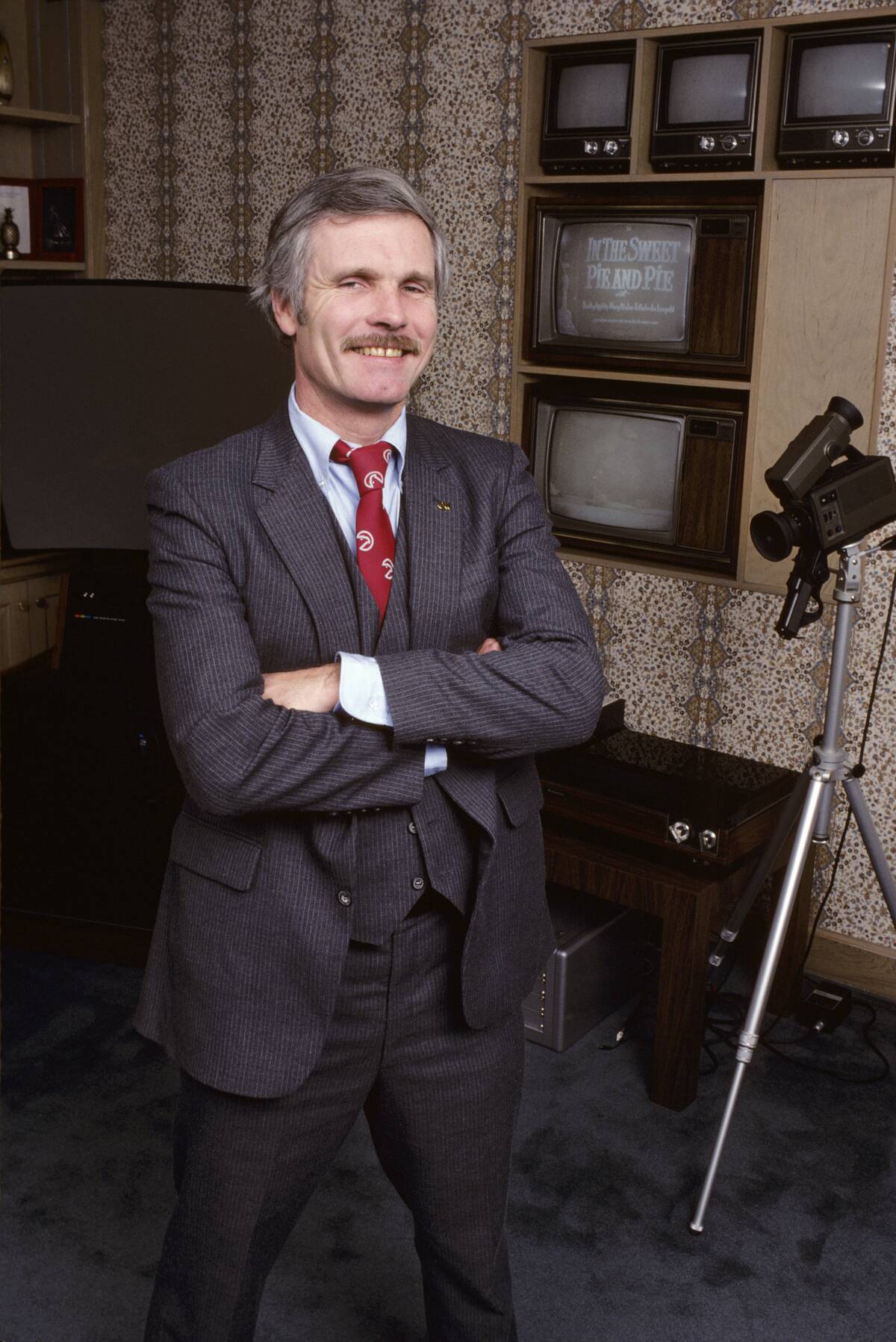
Cable television transformed the viewing experience by offering more channels and specialized programming. By the mid-’80s, channels like MTV and CNN changed how audiences consumed music and news. This diversification in content paved the way for today’s streaming services, reflecting the audience’s desire for variety and choice in entertainment.
The Camcorder: Capturing Memories Like Never Before

In the 1980s, camcorders became a popular way for families to capture precious moments. The introduction of handheld models, like the Sony Handycam in 1985, made recording personal videos more accessible. These devices democratized filmmaking, allowing people to document their lives and preserve memories long before the age of smartphones.
The Introduction of 3D Printing: Opening Up New Creative Frontiers
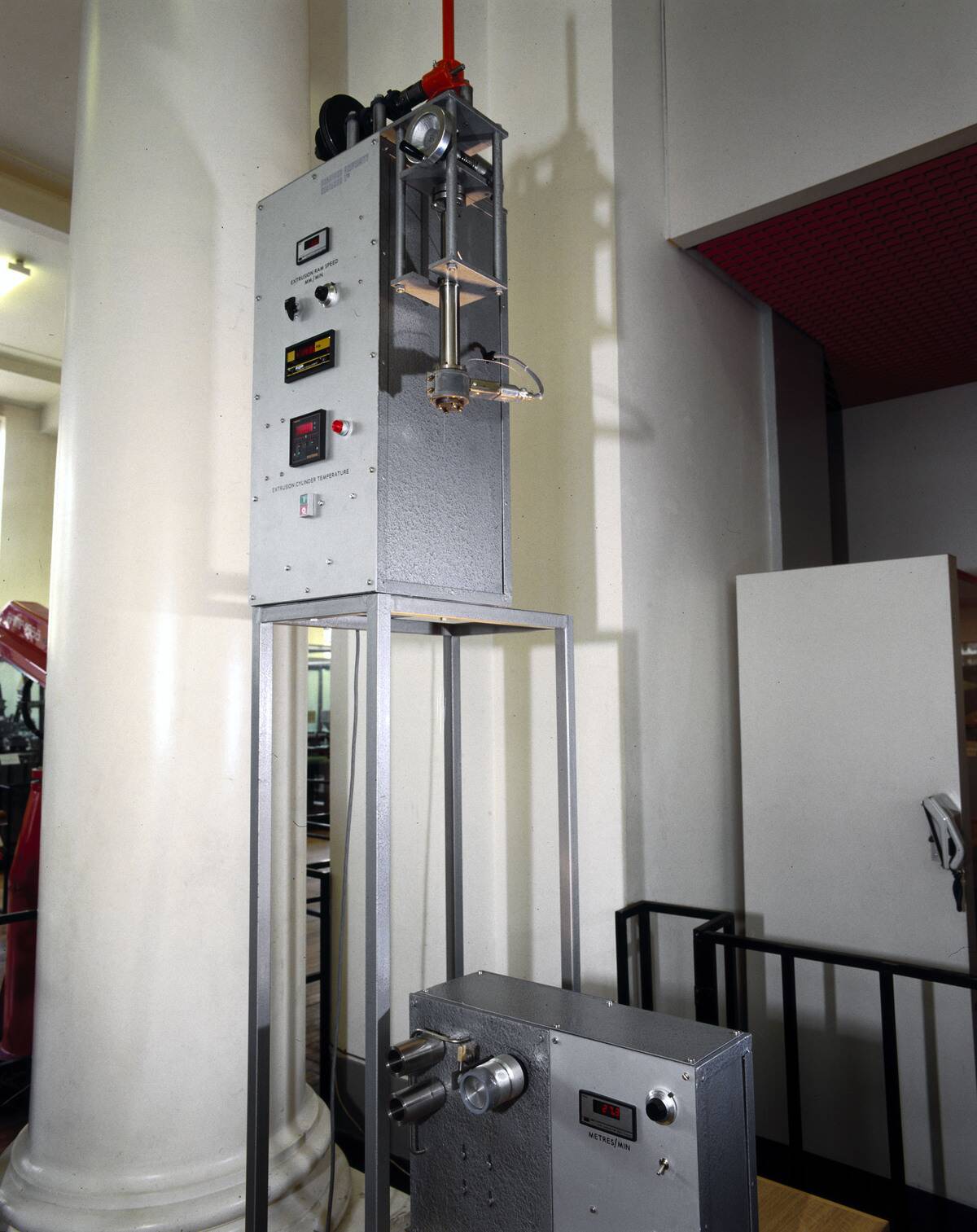
Although 3D printing is often associated with modern innovation, its roots trace back to the 1980s. The first patent for a stereolithography apparatus (SLA) was filed by Charles Hull in 1984. This technology laid the foundation for creating three-dimensional objects from digital models, revolutionizing industries from manufacturing to medicine.
Disposable Cameras: Making Photography Accessible to Everyone
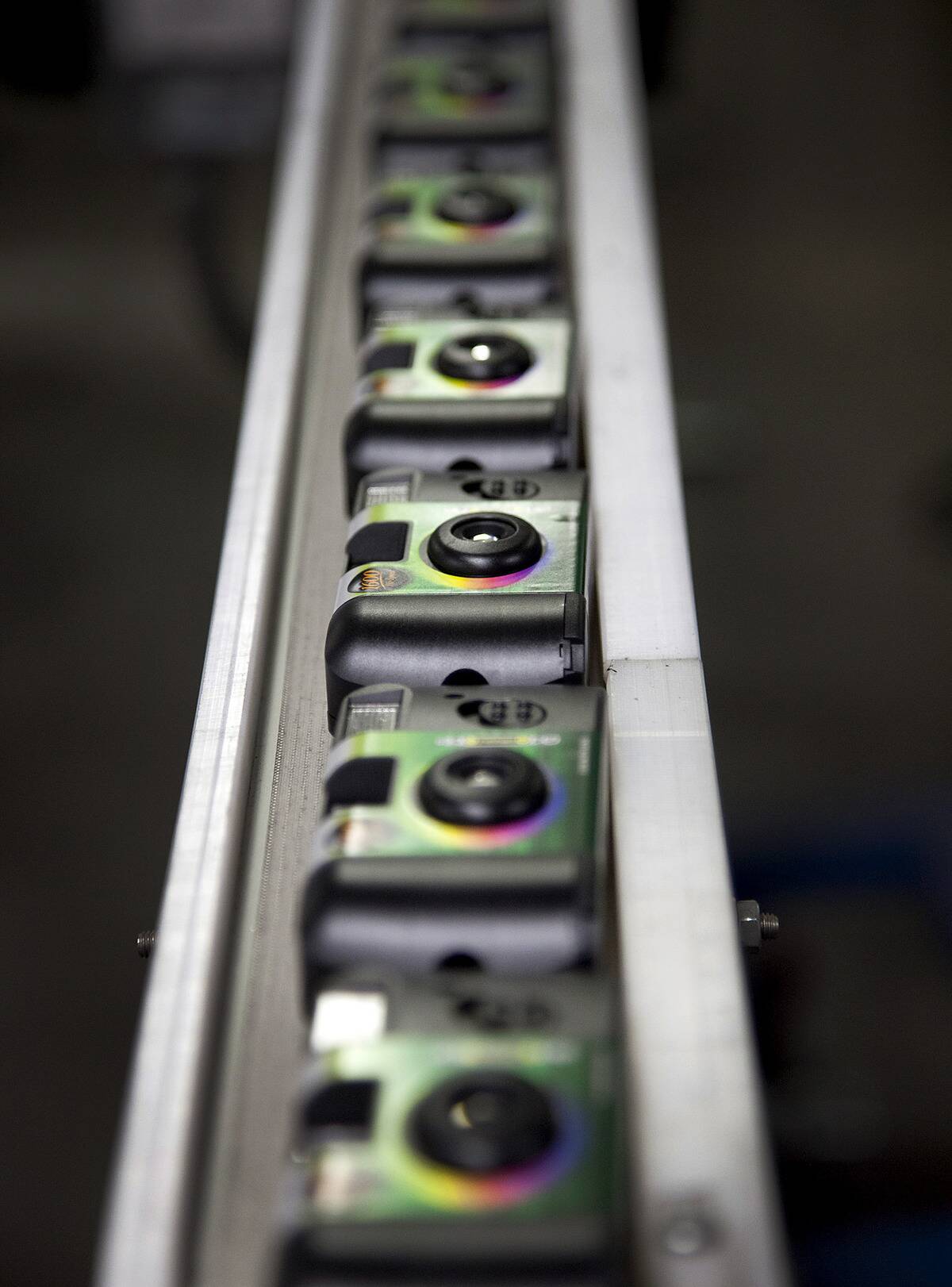
Introduced by Fujifilm in 1986, disposable cameras made photography affordable and convenient for the masses. These single-use cameras were perfect for capturing spontaneous moments without worrying about expensive equipment. Their popularity soared, particularly for travel and events, bringing the joy of photography to people worldwide.
The Invention of Artificial Human Insulin: A Lifesaver for Diabetics

A medical milestone was achieved in the 1980s with the introduction of synthetic human insulin, known as Humulin. Developed through recombinant DNA technology, it provided a more consistent and safe treatment for diabetes. This breakthrough significantly improved the quality of life for millions, marking a turning point in diabetes management.
The Development of the MRI: Transforming Medical Diagnostics
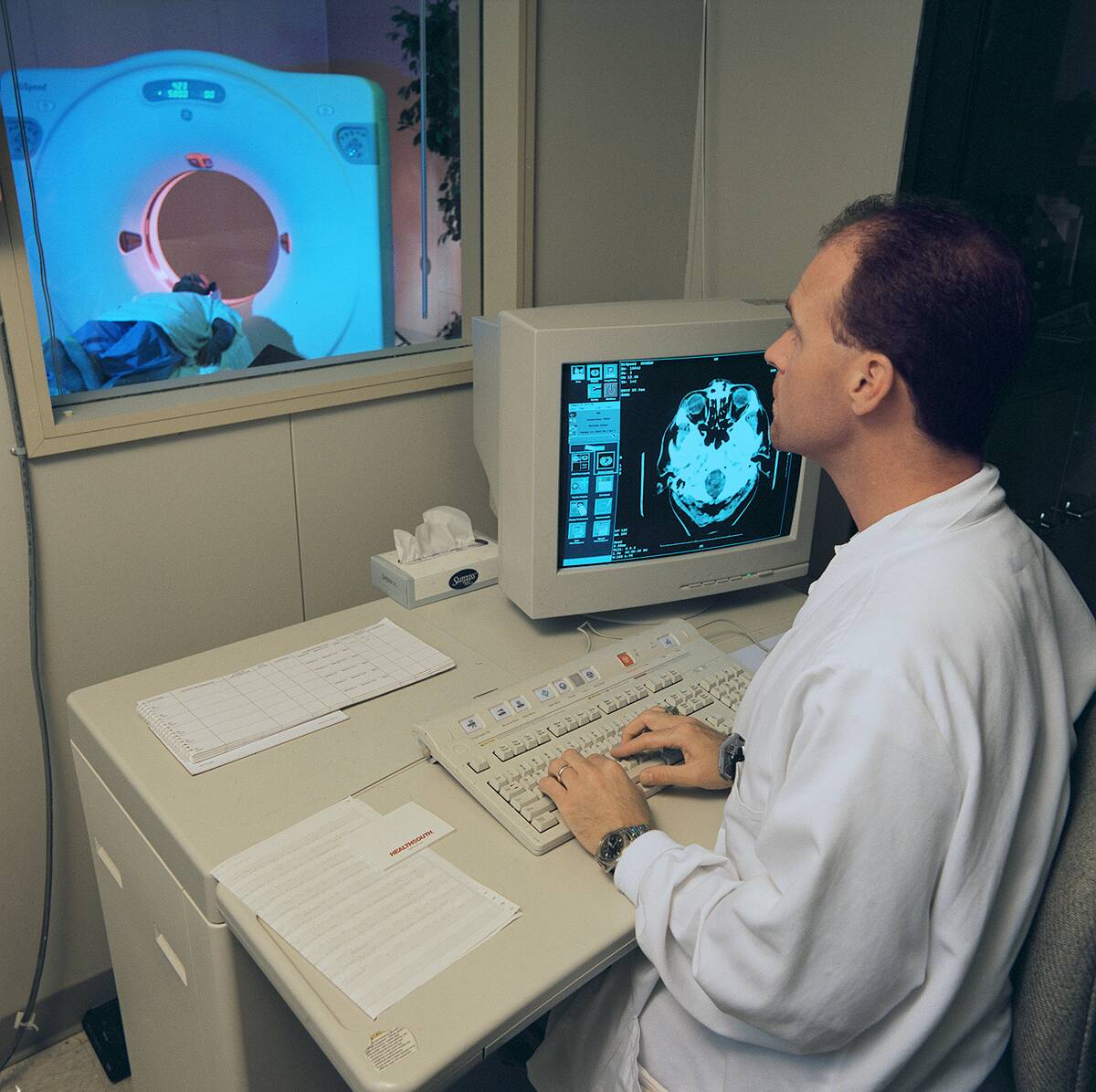
Magnetic resonance imaging (MRI) emerged in the 1980s as a revolutionary diagnostic tool. Offering detailed images of internal structures without radiation, it transformed how doctors diagnose and treat various conditions. Its adoption has since become a cornerstone of modern medicine.
The Emergence of GPS Technology: Navigating to a New World
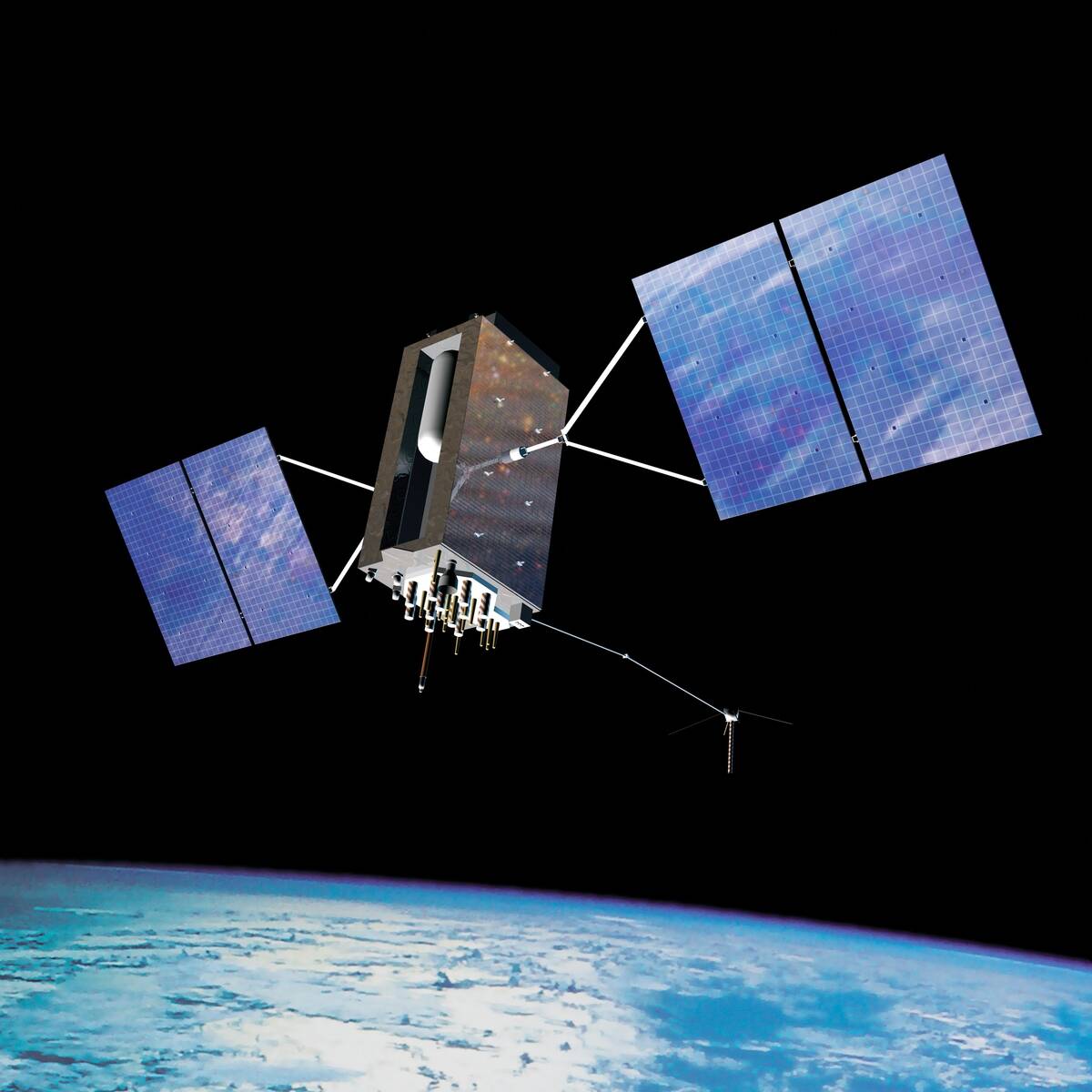
The 1980s marked the beginning of global positioning system (GPS) technology, initially developed for military use. By the end of the decade, civilian access opened new possibilities for navigation and location tracking. Today, GPS is indispensable, guiding everything from our morning commutes to global logistics, proving its lasting impact.



